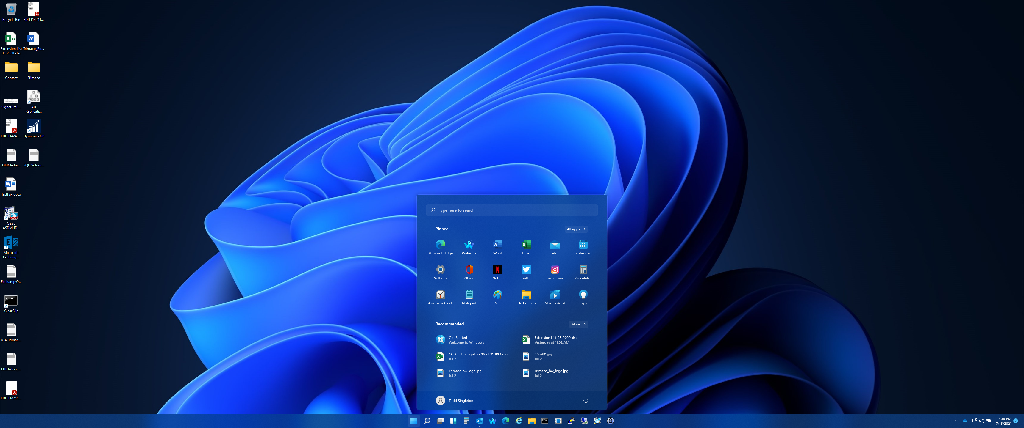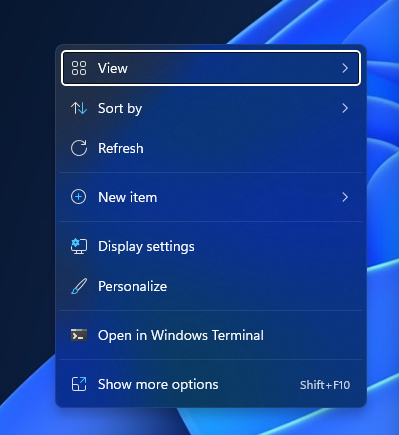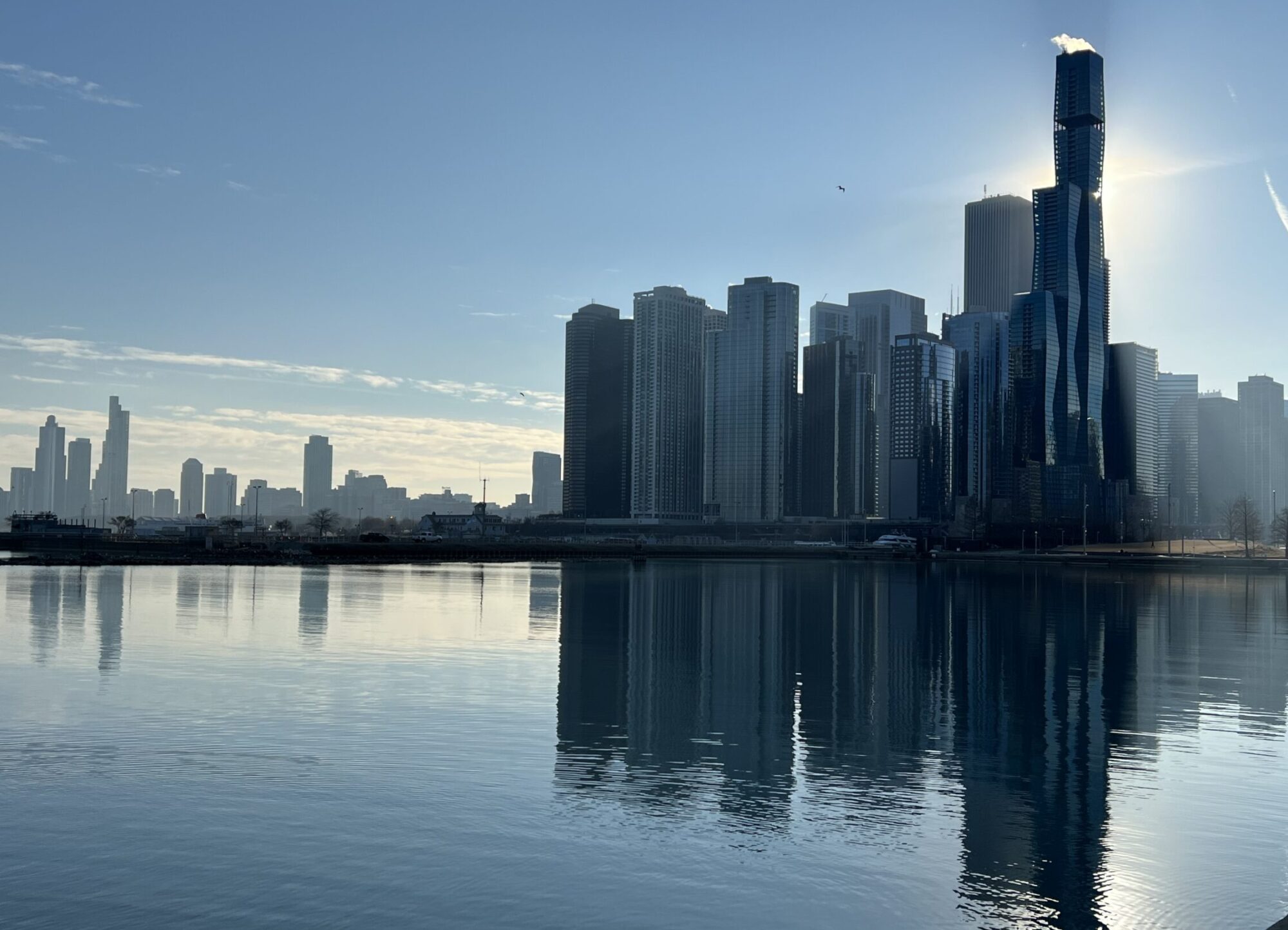All of them. When you find that blog post claiming production efforts meant to create virtual events that don’t suck, they’re lying. Comparing virtual boredom to in-person trade shows and meetings shouldn’t even be done yet meanwhile charlatans trying to save their trade show businesses stay busy coming up with half-ass reasons virtual is better. These same people can’t wait for trade shows to resume so they can quit selling obvious bullshit.
People email me invitations to virtual events, eager to get their marketing out any way possible. There has never been a greater waste of electricity or bandwidth.
Correct Backups are the key to defeating and ending ransomware.
One of the top articles I’ve ever read regarding ransomware and recovery was written by a Russian out of Boston, Maria Korolov. Since the majority of ransomware attacks originate in Russia I suppose it helps to speak the language? Only thing I’d add to her article is to emphasis NEVER keep backup appliances authenticated to a domain and never allow Active Directory authentication onto them. Any AD authentication should be TO the destination file or folder path on the source server using a designated AD account. Nothing should ever be allowed to authenticate onto the appliance or backup server using AD authentication. The initial harvest of AD credentials, used to perform most ransomware attacks, makes AD authenticated backup systems vulnerable. To date I’ve brought two enterprise environments back on-line within 24 hours post-encryption, no ransom, no keys with zero forward facing downtime to customers or vendors using locally authenticated backup appliances. The information in Maria’s article lays out how it’s properly done.
https://www.csoonline.com/article/3627828/ransomware-recovery-8-steps-to-successfully-restore-from-backup.html
Windows 11 is… Wonderful.
Since Windows 2000 Microsoft always screwed up the next release. ME, Vista and eventually God forsaken Windows 8. By their own admission it was so bad they tried to salvage it with 8.1 and gave us Server 2012 which still plagues too many data centers to this day. Everyone eventually accepted an increasingly stable Windows 10 and it may remain the gaming platform of choice for quite some time, it’s hardware empire is vast. What less did we expect of Microsoft but to force upon us a release as necessary and comfortable as a moment of lockjaw. But hold on. Windows 11 doesn’t suck.

I’m running the Developer release, an in-place Win 10 update, on my Lenovo X1 Carbon with an 8th Gen Core-i7 and 32Gb of RAM. It’s got quite an engine under the hood to ride on. I suspect older machines may require a full wipe and clean install instead of an update. It won’t load on 32-bit hardware, only 64. Which is cool because we don’t need to stop the 2-3 year technology fold just because a few Gen-X dads now hitting our 50s are getting comfortable and complacent. Charge on boys.
The good, the bad and the bad-ass.
There are several good things about Windows 11, some more functional and others more aesthetic. One right click on the desktop and the aesthetics of the menu differences are glaring, better, modern and clean.

The new Start menu location has cause some controversy. Yes, Apple did it first. Does that make it wrong for Microsoft to do it now? I’ve been using Windows since version 3.1, code named “Sparta”, in 1992 and I never found the lower left corner appealing, always annoying. Others claim ramming the mouse into that corner is easier than focusing on the center of the task bar. You can put it back over there if you want. It makes a lot more sense to me in the middle. I’m not a Mac user, it just makes more sense and I say good call. Fight me.
The right click options are not laid our the way they used to be and using a button to “Copy” instead of clicking the word “Copy” took some getting used to. And there’s no “Send To” option anymore. But again, that’s all aesthetics without any real change in functionality. Interesting the “Share with Skype” option remains on the menu even though Skype is deprecated.

I’ve only found a couple of things that can be classified as “bad” so far and they are really just glitches in development, likely to be fixed before any consumer release.
- Clicking on the clock in the lower right corner near the task manager causes a screen refresh before the calendar and date/time settings can be pulled up.
- If I right click on the Desktop and choose “Display Settings” and then navigate to “System” it lists all system settings, as it should. However if I then right click on the desktop and choose “Display Settings” again, it now takes me to “System” settings or the last place the System settings menu was left.

The bad-ass search. Wow. Apparently this update is indexing every bit of every byte on the hard drive during install because the search is FAST. And it works. Anyone who remembers how pathetic and horrifying the search function was in Windows 8 knows how much work the kids in Redmond had in front of them. Unless they somehow screw it up before release this will be the most talked about and potentially most functional component of the OS. It’s almost easier to search for something than to find it on a myriad of desktop icons or “recent” files in app cache.

So far, so good. It’s really stable even under development. No video, network or Bluetooth issues so far and regardless of it’s blatant similarities to Mac OSx the new, more elegant look is long over due.
Step-by-Step: How to view and control the data Google is gathering about you.
As an Android user since the dawn of smart phones I have always supported Google in the culture wars. This love affair is near it’s end. For the first time since my attempt at carrying an iPhone 6 several years ago I will return to the Appleverse an see if I can scratch-n-sniff my way around an iPhone 12. My devotion to Google ends not because of Apple’s superior hardware (the One Plus 9 may be a better phone than the iPhone 12) but due to Google becoming a horribly controlling and insecure companion, watching and recording my every move with Android devices collecting data at rates 20 times that of Apple units.
But I’ve also learned that changing to an iPhone will only mitigate a slight portion of the information Google is harnessing about me. Maps isn’t the only app tracking my location, Chrome isn’t the only app recording my search history. Turning off “location history” does nothing to stop the collection of location data. Per Google it takes settings in Data and Personalization to really stop apps from tracking your location and collecting data from your searches. Once logged into your Google account through any browser go to: https://myaccount.google.com/data-and-personalization to take back control of the data Google has on you.
- Data and Personalization
- Activity Controls
- Web and App Activity
- Location History
- YouTube History
- Ad Personalization
Without further delay, here are the settings to change and what app services they’ll affect. From your Google account select Data and Personalization.

Under Data and Personalization look for Activity Controls and select Manage your activity controls at the bottom.

You’ll be presented categories of apps and services Google is using to gather data, ranging from your “Web & App Activity” to YouTube and Ad Personalization. Obviously what apps and services you allow Google to collect data from is a personal decision. Here’s how to cut off each and a description of what effect it will have on related apps and services.
First review your Web & App Activity settings. Notice that Google does NOT automatically save audio recordings saved to your devices by default. That’s a win. But they do Collect every shred of data and input into almost every other app or service accessed through Android, Chrome and some other Chromium based browsers.

Pausing Web & App Activity produces a warning detailing what may happen to some personalization in search and location services. You will be notified the “Setting is off” and given an option to “Delete old activity” from your web and app history. Pausing Web & App History is probably the first setting you should change if you’re serious about stopping what Google’s collecting.

Next up, Location History. For a long time people thought Pausing Location History was the thing to do to stop Google from tracking everyday travel to mundane destinations. Nope, for a while it’s been pausing Web & App Activity that really puts the brakes on Google’s data vacuum.

Note: Pausing Location History does not stop Maps from working. It does not stop Find My Device or other Google location services from working either. What you will notice is things like recommended addresses and previous addresses you’ve visited not automatically popping up when you start typing a new destination. Pausing Location History only stops Google from recording the locations you’ve visited, it does not stop apps from tracking location. That’s what Web & App Activity is for.
Your YouTube History is also collected by Google without permission or apology. Cut it off if you don’t want them knowing tracking how many Dr. Pimple Popper videos you’ve watched. I personally don’t fault Google for collecting YouTube history though. We need a recorded history of the pointless insanity warping the minds of future generations. Google’s probably bored as hell with my own YouTube history of cop chases and instructional videos about dishwashers and lawnmower blades. Bored but they’ll sell my contact details to Maytag and John Deere anyway. Just cut it all off unless it is genuinely important to you.
I have to admit Ad personalization was the Activity Controls category that shocked me the most. Click on Go to Ad Settings to really get an idea of the profile Google’s built on you.

In the Ad Settings dialog you will see “How your ads are personalized” using what Google refers to as “factors”. Here you are offered the opportunity to “choose any factor to learn more or update your preferences”. So is Google asking me to groom this data for them so ads can be targeted more effectively? Of all categories Ad personalization will make you feel you’ve been stalked ad-nauseum. The moment you realize Google knows more about you than your spouse or mother. Now for a real kicker, click the Advanced drop down arrow.

How about that? No opt in for Google to share the ad profile they’ve created with their “partners”. Nope. It’s the default. Uncheck this immediately. No telling how many countries Google’s already sold my profile to under the guise of ad targeting.
Once excluded you will be notified that Google will not provide your data for ads to be targeted at you on any non-Google websites.

It’s also important to note that within each category of Activity Controls Google allows you to Auto Delete any of the information they collect 3 months, 18 months or 36 months or you can auto delete any time using the Manage activity link for each category.

Truth is I honestly don’t know how much control over such data Apple provides compared to these Activity controls provided by Google but I do know this: Apple is selling devices for revenue and profit, Google sells your data to advertisers for revenue and profit. Take that to heart when making a decision about which company really has your privacy and security in mind. And make sure to review your Activity Controls in your Google account regardless of which platform you use any Google services on.
Chromebooks need work.
I decided to give it a try. I’m typing this on a 13″ HP, Core i5 with 16GB of RAM running Chrome OS v.87. Google’s got some explaining to do. Why does every Chromebook made still have trouble with stable wireless connectivity? Has Google gotten past blaming customers and their networks? And under these circumstances why in the hell did they decide to remove the option to “Keep Wifi on During Sleep” a few versions ago?
Will Google just ultimately admit defeat in the wireless driver battle and blame Linux like other distros? In their defense Linux has lacked in keeping up with wireless compatibility and drivers, OEM preference in development historically being given to Windows and OSx. Dell, HP and Lenovo are making progress with Linux support for a limited number of models but again, one big reason for the official support limitation is… wireless network adapter compatibility.
I can also add printer compatibility, obvious application compatibility and a few other limitations to the reasons a Chromebook is not suitable for my day-to-day productivity requirements. Until they have more stable network connectivity I’d say they’re barely suited for the Zoom meetings being hosted for children across the country right now. But they’re cheap and better than nothing.
